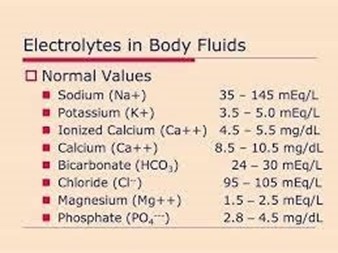A male client tells the practical nurse (PN) that the pill he has been taking at home is a different color and size than the one the PN is trying to give him now. How should the PN respond?
Explain that the healthcare provider probably prescribed a different medication while he is hospitalized.
Tell the client that he is probably confused since being hospitalized tends to disorient clients.
Tell the client that the PN will verify that the dispensed medication is the valid prescription.
Explain that the pharmacy often substitutes generic equivalents for more expensive brands.
The Correct Answer is C
- Medication administration is a process that involves prescribing, dispensing, and giving medications to patients. It is a critical and complex task that requires accuracy, safety, and adherence to the rights of medication administration, such as the right patient, right drug, right dose, right route, right time, right documentation, and right response.
- When a male client tells the practical nurse (PN) that the pill he has been taking at home is a different color and size than the one the PN is trying to give him now, this may indicate a potential medication error
or discrepancy. A medication error is any preventable event that may cause or lead to inappropriate medication use or patient harm. A medication discrepancy is any difference between the current and previous medication regimens of a patient.
- The PN should respond to the client's concern by telling him that the PN will verify that the dispensed medication is a valid prescription. This means that the PN will check the medication label, the medication order, and the medication administration record (MAR) to confirm that the medication given to the client matches the one prescribed by the healthcare provider. The PN will also compare the dispensed medication with a drug reference guide or a picture of the medication to ensure that it is the correct drug and dosage form. The PN will also report any suspected errors or discrepancies to the healthcare provider or the pharmacy for clarification or correction.
- Options A, B, and D are incorrect answers, as they do not reflect the appropriate or responsible actions for the PN to take when faced with a possible medication error or discrepancy.
Nursing Test Bank
Naxlex Comprehensive Predictor Exams
Related Questions
Correct Answer is ["0.6"]
Explanation
To calculate how many milliliters (mL) the practical nurse (PN) should administer each day, we can first determine the total daily dosage of enoxaparin.
The prescribed dosage is 30 mg every 12 hours, so the total daily dosage is:
30 mg + 30 mg = 60 mg
Next, we can calculate the number of milliliters (mL) needed to deliver the total daily dosage. Since the medication is available in a concentration of 30 mg per 0.3 mL, we can set up a proportion to find the equivalent mL for 60 mg:
30 mg / 0.3 mL = 60 mg / x mL
Cross-multiplying, we get:
30 mg * x mL = 60 mg * 0.3 mL
30x = 18
Dividing both sides by 30, we find:
x = 0.6 mL
Correct Answer is C
Explanation
When a client reports experiencing numbness and tingling in the extremities, it is crucial for the practical nurse (PN) to prioritize reporting the client's electrolyte levels to the healthcare provider. Electrolytes are essential minerals that help maintain the balance of fluids in the body and enable proper nerve and muscle function. Imbalances in electrolyte levels can lead to neurological symptoms, including numbness and tingling.
Options a, b, and d are not the correct priorities to report in this situation:

Whether you are a student looking to ace your exams or a practicing nurse seeking to enhance your expertise , our nursing education contents will empower you with the confidence and competence to make a difference in the lives of patients and become a respected leader in the healthcare field.
Visit Naxlex, invest in your future and unlock endless possibilities with our unparalleled nursing education contents today
Report Wrong Answer on the Current Question
Do you disagree with the answer? If yes, what is your expected answer? Explain.
Kindly be descriptive with the issue you are facing.
